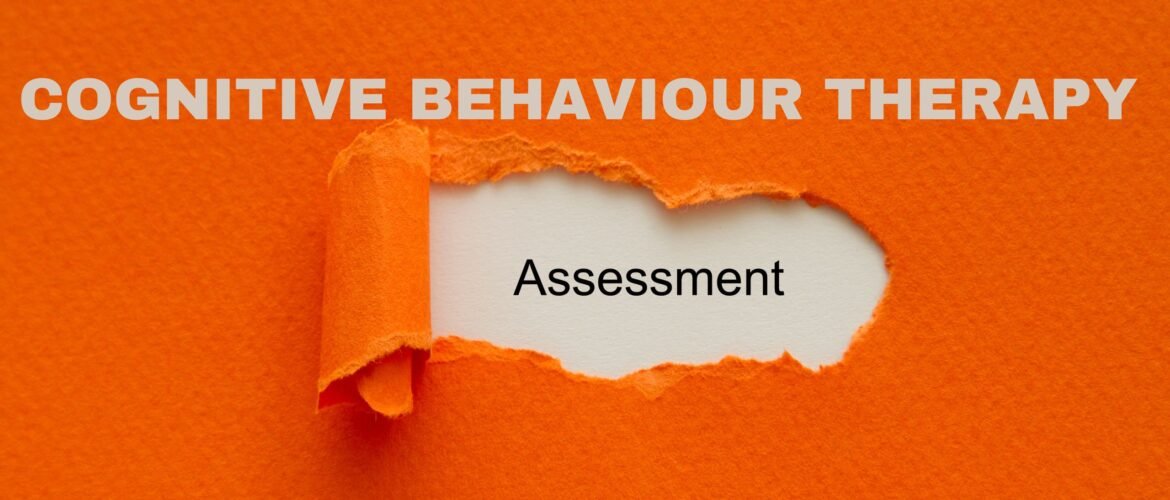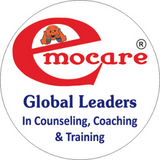Blog
COGNITIVE BEHAVAVIOURAL THERAPY KNOWLEDGE & SKILL ASSESSMENT CERTIFICATE
- December 1, 2023
- Posted by: SEETHALAKSHMI SIVAKUMAR
- Category: PSYCHOLOGY

WELCOME TO EMOCARE, CERTIFICATE OF ASSESSMENT ON CBT
FIRST TIME IN THE WORLD
EVALUATION CERTIFICATE IS HAVING MORE VALUE.
CBT - EVALUATION HAS 125 QUESTIONS.
ATTEND NOW AND EVALUATE YOURSELF.
YOU GET THE ONLINE EVALUATION CERTIFICATE WITH SCORES
INR. RS. 99.00 OR 5 DOLLARS.
Introduction
Cognitive Behavioral Therapy (CBT) is a widely recognized and effective form of psychotherapy that focuses on the connection between our thoughts, feelings, and behaviors. It is a goal-oriented and problem-solving approach that helps individuals identify and change negative patterns of thinking and behavior. In this article, we will explore the basics of CBT and discuss some of the different techniques used in this therapy.
What is CBT?
CBT is based on the idea that our thoughts and beliefs influence our emotions and behaviors. By identifying and challenging negative thoughts, individuals can develop healthier and more positive ways of thinking, leading to improved emotional well-being and behavior. CBT is typically a short-term therapy that is structured and focused on specific goals.
Techniques in CBT
1. Cognitive Restructuring: This technique involves identifying negative or distorted thoughts and replacing them with more realistic and positive ones. By challenging irrational beliefs and replacing them with rational thoughts, individuals can change their emotional responses and behaviors. This technique is often used to address issues such as anxiety, depression, and low self-esteem.
2. Behavioral Activation: This technique focuses on increasing engagement in positive and rewarding activities to improve mood and reduce negative behaviors. By setting goals and gradually increasing participation in enjoyable activities, individuals can break the cycle of avoidance and withdrawal often associated with depression and other mood disorders.
3. Exposure Therapy: This technique is commonly used to treat anxiety disorders, such as phobias and post-traumatic stress disorder (PTSD). It involves gradually exposing individuals to feared situations or objects in a safe and controlled manner. Through repeated exposure, individuals learn to reduce their anxiety and develop coping strategies.
4. Thought Records: This technique involves keeping a record of negative thoughts and analyzing them for accuracy and validity. By examining the evidence for and against these thoughts, individuals can challenge and modify their negative beliefs. Thought records are often used to address issues such as self-criticism, perfectionism, and distorted thinking patterns.
5. Problem-Solving Skills: This technique focuses on developing effective problem-solving skills to manage life’s challenges. It involves breaking down problems into smaller, manageable steps, generating potential solutions, and evaluating the pros and cons of each option. By learning and applying problem-solving skills, individuals can enhance their ability to cope with stress and make better decisions.
Conclusion
CBT is a highly effective therapy that helps individuals identify and change negative patterns of thinking and behavior. By using techniques such as cognitive restructuring, behavioral activation, exposure therapy, thought records, and problem-solving skills, individuals can improve their emotional well-being and overall quality of life. If you are struggling with mental health issues or wish to enhance your coping skills, CBT may be a valuable approach to consider. Consult with a qualified mental health professional to determine if CBT is the right fit for you.

it gives information about problem solving techniques, identify negative thoughts and insights which is related to emotion and feeling.